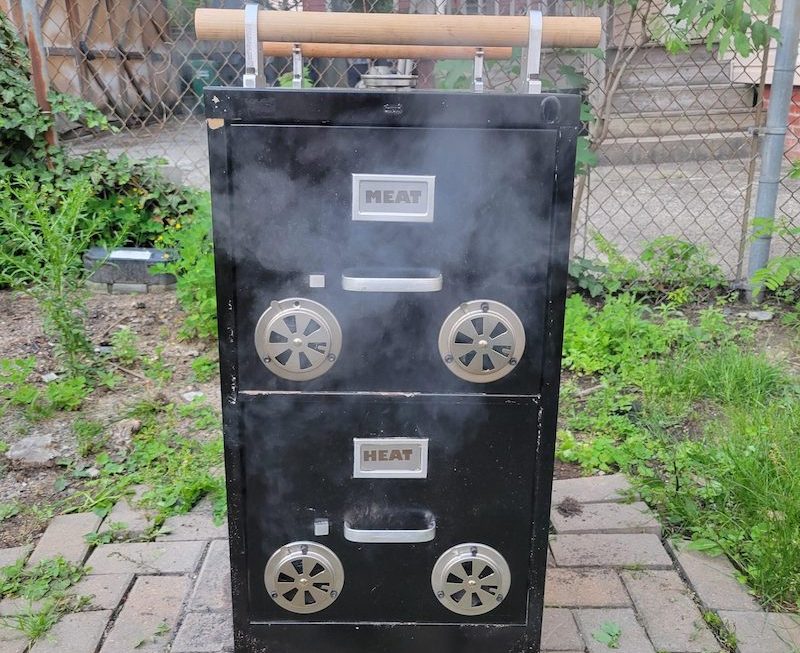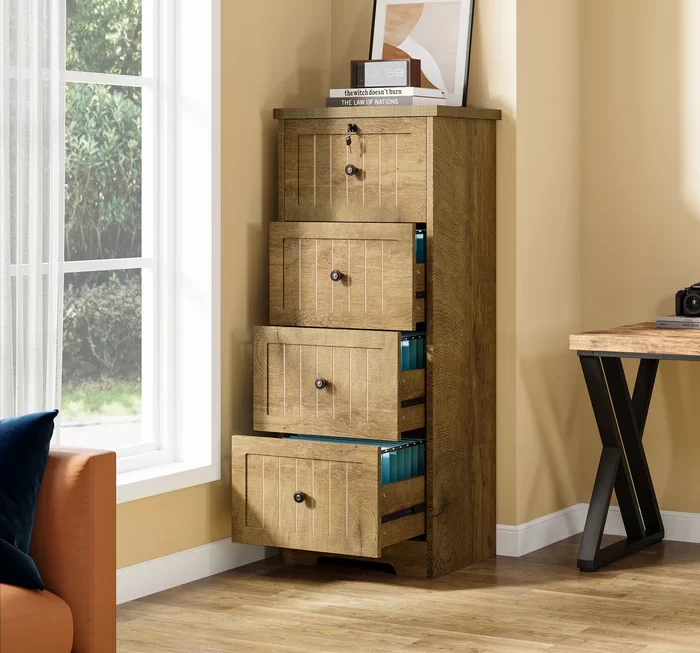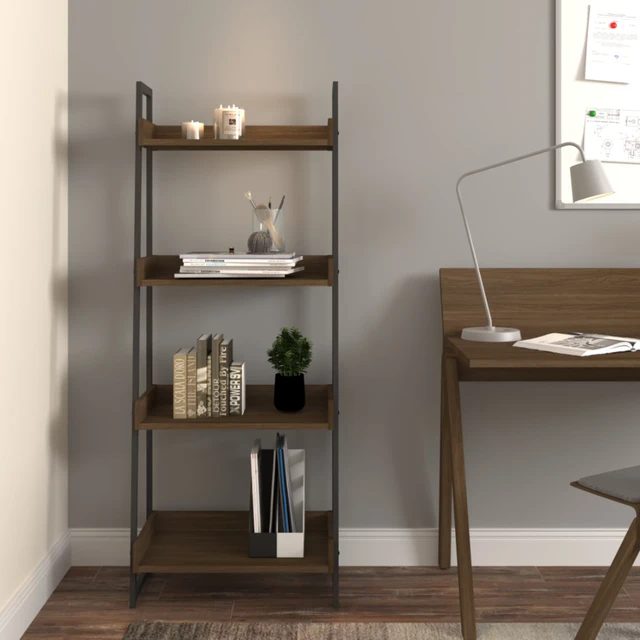 Introduction:
Introduction:
A walnut bookcase is not only a functional piece of furniture but also an elegant addition to any home or office. Known for its natural beauty and durability, a walnut bookcase provides both storage and aesthetic appeal. In this comprehensive guide, we will explore the features and benefits of a walnut bookcase, discuss its versatility in various settings, and provide practical tips for maintenance and care. By understanding these aspects, you can confidently choose and enjoy a walnut bookcase that suits your needs and enhances your space.
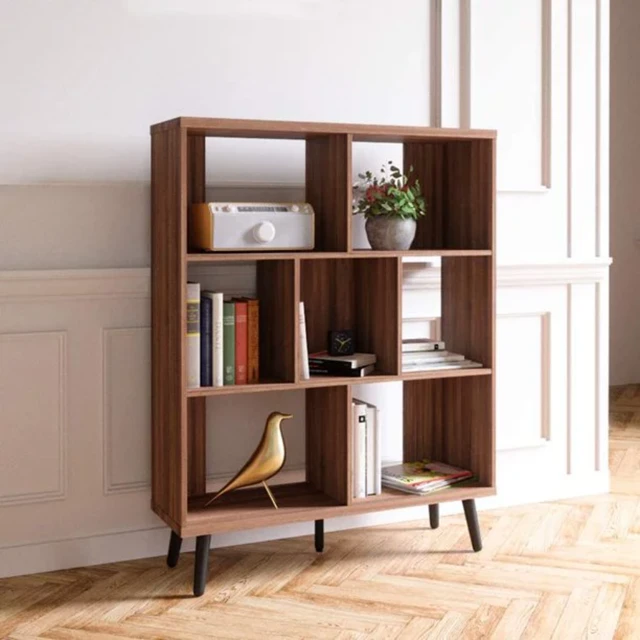 Features and Benefits of a Walnut Bookcase
Features and Benefits of a Walnut Bookcase
Natural Beauty:
Walnut wood has a rich, warm tone and distinctive grain patterns that add visual interest and sophistication to a bookcase.
Its deep brown color develops a beautiful patina over time, enhancing the overall appearance.
Durability and Strength:
Walnut wood is known for its durability and resistance to warping, making it a long-lasting choice for furniture.
A walnut bookcase can withstand regular use and heavy book loads without compromising its structural integrity.
Versatile Design:
Walnut bookcases come in various styles, sizes, and configurations, allowing you to find one that suits your space and storage needs.
Whether you prefer a traditional, contemporary, or minimalist design, there is a walnut bookcase to complement your interior.
Walnut Bookcases in Different Settings
Home Library or Living Room:
A walnut bookcase can serve as an impressive centerpiece in a home library, displaying books, collectibles, and decorative items.
In a living room, it can provide storage for books, media equipment, and serve as a statement piece.
Home Office:
A walnut bookcase can offer ample storage for books, files, and office supplies, enhancing the organization and aesthetics of a home office.
It can also serve as a stylish backdrop for showcasing awards, plants, or artwork.
Bedroom:
In a bedroom, a walnut bookcase can serve as a striking display for books, personal mementos, or decorative items.
It can also function as a storage solution for clothing, accessories, or folded linens.
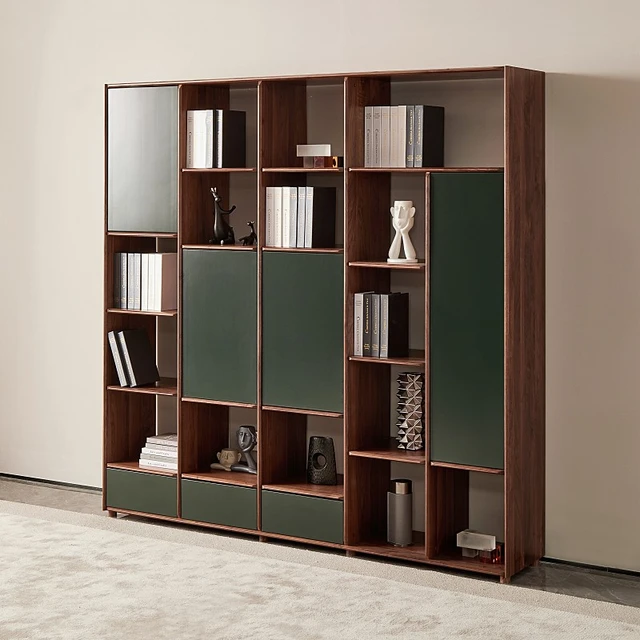 Regular Dusting:
Regular Dusting:
Dust the surface of the walnut bookcase regularly using a soft, lint-free cloth to minimize the buildup of dirt and particles.
Avoid using abrasive cleaners or harsh chemicals that can damage the wood.
Prevention of Sun Damage:
Place the walnut bookcase away from direct sunlight to prevent fading or discoloration of the wood.
Use curtains, blinds, or UV protection film on windows to filter harmful UV rays.
Preventing Liquid Damage:
Immediately wipe up any spills or liquid accidents that occur on or near the walnut bookcase to prevent staining or warping of the wood.
Polishing and Protection:
Apply a high-quality wood polish or furniture wax to the walnut bookcase periodically to enhance its natural luster and provide protection against wear.
Follow the manufacturer’s instructions and test the product on a small, inconspicuous area first.
Differences between an open bookcase, wall-mounted bookcase, and walnut bookcase:
Here are the differences between an open bookcase, wall-mounted bookcase, and walnut bookcase:
Open Bookcase:
An open bookcase refers to a piece of furniture with multiple shelves that are not enclosed by doors or glass panels. It has an open design, allowing easy access to books and other items displayed on the shelves. Open bookcases can be made from various materials, including wood, metal, or a combination of materials.
Wall-Mounted Bookcase:
A wall-mounted bookcase is specifically designed to be attached or hung on a wall. It saves floor space and typically has a more streamlined and minimalistic design, as it relies on the wall for support. Wall-mounted bookcases come in various styles, sizes, and materials, offering flexibility in fitting different spaces and décor styles.
Walnut Bookcase:
A walnut bookcase refers to a bookcase made primarily from walnut wood. Walnut is known for its rich, dark brown color and beautiful grain patterns, providing an elegant and classic look to the bookcase. Walnut bookcases can come in different styles, such as open or closed, and offer durability and a timeless aesthetic.
In summary, an open bookcase refers to a bookcase without doors or glass panels, a wall-mounted bookcase is specifically designed to be attached to a wall, and a walnut bookcase is made primarily from walnut wood and offers a classic and sophisticated appearance.
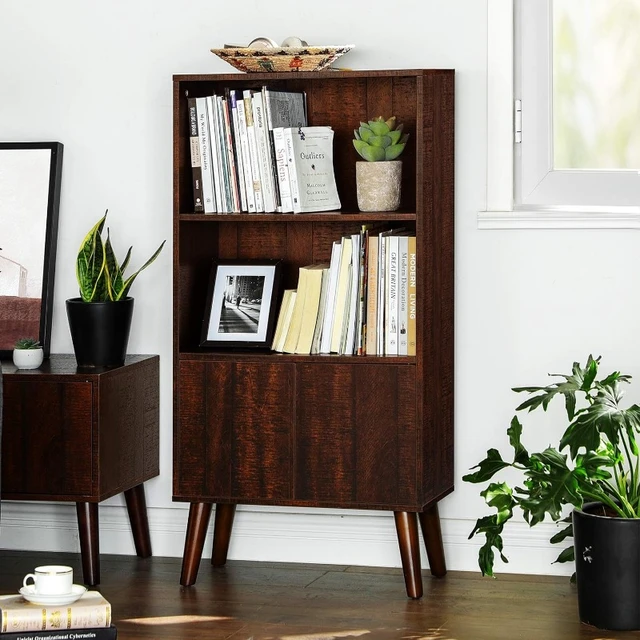 Some potential drawbacks to consider:
Some potential drawbacks to consider:
While walnut bookcases have many advantages, they also have some potential drawbacks to consider:
Expensive:
Walnut wood is generally more expensive compared to other types of wood used in bookcase construction. This higher cost can make walnut bookcases less affordable for those on a tighter budget.
Heavy:
Walnut wood is dense and heavy, which can make walnut bookcases quite weighty. Moving or rearranging a walnut bookcase may require more effort and strength compared to lighter materials.
Susceptible to Scratches and Dents:
Walnut wood is relatively soft compared to some other hardwoods. Consequently, walnut bookcases are more susceptible to scratches, dents, and other marks. Extra care is needed to prevent damage from everyday use or accidental incidents.
Limited Availability:
Walnut wood is not as widely available as some other wood species, like pine or oak. Finding a specific size or style of walnut bookcase may be more challenging or result in longer wait times due to limited availability.
Dark Color and Grain Patterns:
While the dark color and distinctive grain patterns of walnut wood are often seen as advantages, they might not be to everyone’s taste or match every décor style. Some individuals may prefer a lighter or more uniform wood appearance.
Despite these potential drawbacks, many people still find the beauty, durability, and timeless appeal of walnut bookcases outweigh any disadvantages. It ultimately depends on personal preferences, budget constraints, and the specific needs of the space where the bookcase will be placed.
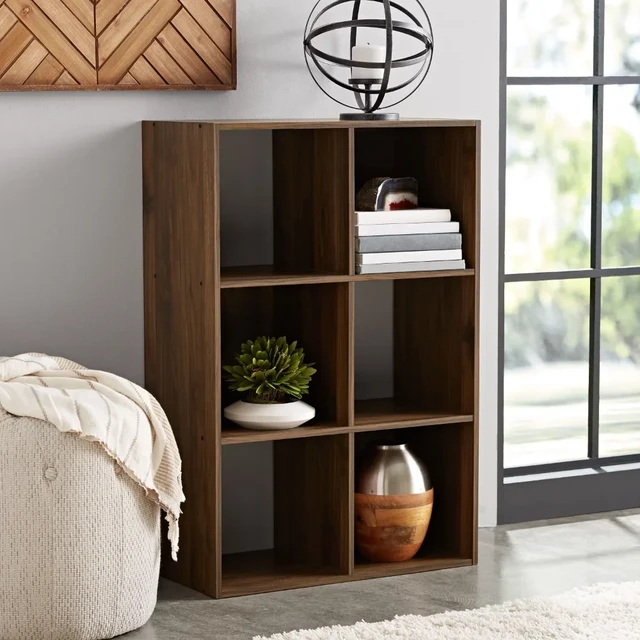 Conclusion
Conclusion
A walnut bookcase blends functionality and aesthetics, making it a versatile choice for various settings. With its natural beauty, durability, and design flexibility, a walnut bookcase can elevate the style and organization of any space, whether it’s a home library, living room, home office, or bedroom. By following the maintenance and care tips outlined in this comprehensive guide, you can preserve the beauty and longevity of your walnut bookcase. Let this guide serve as a resource to help you choose a walnut bookcase that fits your needs and brings elegance to your living or working environment.

